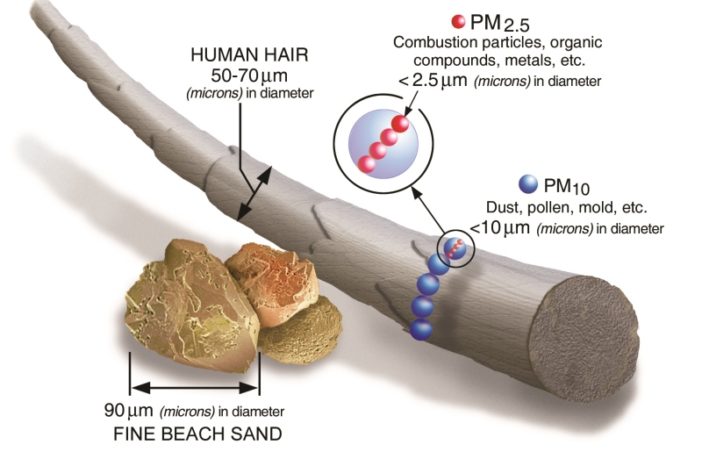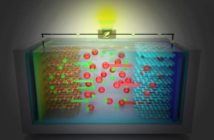By now we know that burning fossil fuels causes air pollution, thereby increasing extreme weather and leading to climate change. Doctors believe the particulate matter also causes respiratory infections in humans. Researchers at Francis Crick Institute in London have just discovered how air pollution can trigger cancers too. James Gallagher reporting for BBC Health and Science describes this as “completely transforming our understanding of how tumors arise”.
Breakthrough in How Air Pollution Can Trigger Cancers
The researchers at Francis Crick Institute were exploring why non-smokers get lung cancer, when they “broke through to a new era”. That’s because they found the classical theory that cancer attacks healthy cells is simply not true. Moreover, it does not explain why there are cancerous mutations in seemingly healthy tissues.
The scientists found evidence healthy people accumulate damage in their cells’ DNA as they age, but that this needs a trigger to make the cell turn cancerous. Furthermore, particulate matter PM2.5, defined as smaller than the diameter of a human hair can kick start this process.
This could help explain why non-smokers in UK contribute 10% of lung cancer deaths, despite their best efforts to avoid inhaling cigarette smoke. This evidence could be critically important, since 99% of people live in places where air pollution exceeds World Health Organization guidelines.
Critical Evidence Contributing to This Finding
The researchers learned how air pollution can trigger cancers after considering the following evidence:
- Places with greater air pollution levels have more lung cancers not caused by smoking.
- Inhaling particulate matter PM2.5 releases an interleukin-1-betachemical alarm in their lungs.
- This causes inflammation, while also activating an immune response to help repair damage to cells.
- But one in every 600,000 cells in the lungs of an average 50-year-old already has cancerous mutations.
- These mutations are harmless, until the chemical alarm causes them to become cancerous.
Particulate matter contains solid and liquid particles from dust, dirt, soot, or smoke according to U.S. Environmental Protection Agency. “Most particles form in the atmosphere as a result of complex reactions of chemicals such as sulfur dioxide and nitrogen oxides,” it says. “These are pollutants from power plants, industries and automobiles.”
Breaking News
The Search for Better Lithium Metal Batteries
Heat Severe Weather and Utility Grids




